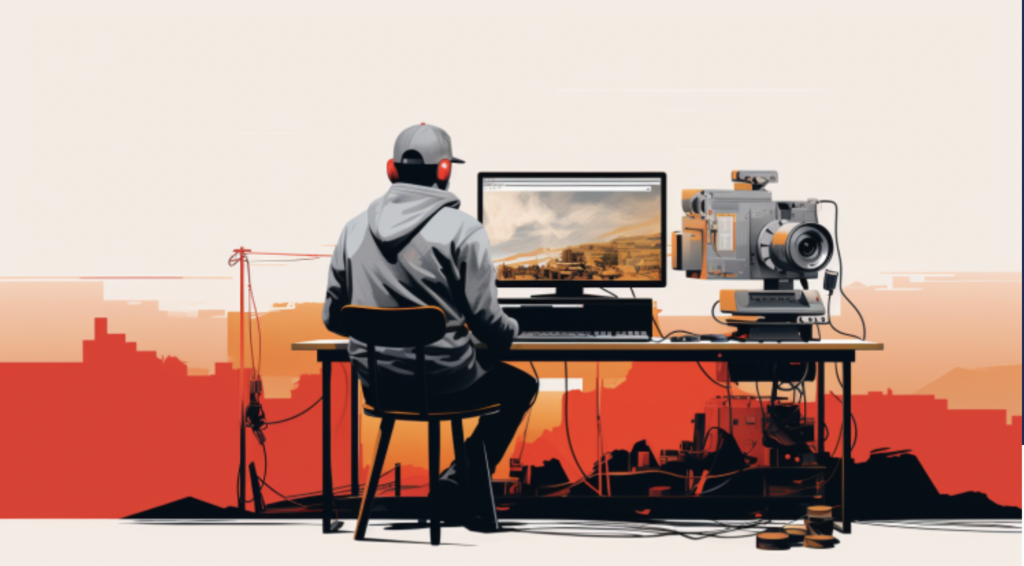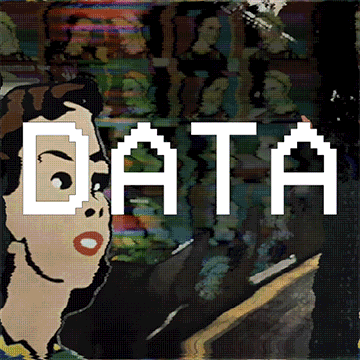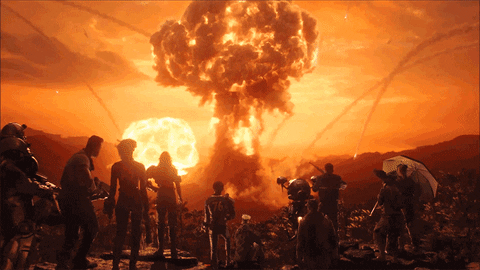
Listen to Steve read this post (8 min audio) – with bonus off piste commentary – give it a listen!
Union membership in Australia is in steep decline – it’s now less than 15 per cent of the workforce compared with 60 per cent in 1960. The dramatic decline has been great for many industries, corporations, and investors; not so good for the middle class and wages.
It’s pretty easy to tell how powerful a union is when their members go on strike. I can remember strikes by posties at Christmas, nurses, teachers, dairy farmers, railways, and bus drivers, to name a few. We noticed because they caused genuine disruption to our lives.
But here’s a strike that hasn’t really disrupted our lives, even if we have noticed – the Writers Guild of America Strike (WGA) in the USA.
A total of 112 days has passed in the WGA strike and yet, every night when I sit down on the couch, I am drowning in a tyranny of choice in what to stream. The only tiny miss is John Oliver’s Last Week Tonight.
While this strike action might seem a little irrelevant to Australia, it’s the shape of things to come, because AI is coming for the creative class. For more than a decade now, the narrative has been: efficiency is for robots, creativity is where humans shine.
But now there’s a revised and better assumption:
If a human can do it, so can Artificial Intelligence.
To be sure, creative output via code will be different, and not always better, but you can be sure it will be cheaper.
*Bonus – Want some advice on how to use AI in your business or career? Reply to this email for a 1 on 1 half an hour of power with me – first 3 only.
Wrong Time, Wrong Target
What the WGA is asking for is pretty standard: improved pay, conditions, superannuation, et al.
But there are two things that aren’t standard.
Firstly, they want a minimum number of writers in the writers’ room, which seems kind of insane. (Who gets to just have more people because they want it in any industry?) And secondly, they have demands about how AI is handled. They are requesting that AI can’t:
- write or rewrite literary material.
- be used as source material.
- have material used to train AI.
So far, the studios have rejected the demands, and it is difficult to see them ever agreeing.
AI is essentially a gift-wrapped present for the studios and big tech, a pause button allowing them to recalibrate their spending in the midst of the streaming wars.
In 2022, streamers spent a whopping $US26.5 billion on original content production, a 45 per cent increase on 2021. That’s the kind of cost increase no sane business desires. And now, 2023 looks like it will see a decline in spend for the full year, given all the production that has been paused.
Meanwhile, the number of streaming accounts hasn’t declined at all; in fact, Video on Demand (VOD) as a category is expecting an increase of 65 million subscribers in 2023.
What we can assume is that the past 100+ days have been filled with live AI experiments to see how good AI-based production could actually be. Another thing the Writers Guild seems to have forgotten is that the biggest investors in their services also happen to be tech companies—yes, those building the AI technology that can replace the writers and even the actors.
There’s a lesson here for all forms of creative work.
Embracing AI
Fighting a technological tide is never a good strategy for workers. A better approach by the creative class would be to figure out how to share the upside of AI-generated creative content. What they should be demanding is royalties from what AI can generate, especially since the effectiveness of the AI machine is purely a function of the training data it learns from – i.e. the writers’ data. This should take the form of asking for protection of their “digital twins”—their biometric output, licensing fees for any content put into AI data sets, and of course, residuals from any “original” AI content resulting from output that was trained on their creative works.
The big problem, of course, is that with billions of parameters in every AI database, it is very difficult to align original content creators and divide up revenue where there is enough revenue to go around. This has been big tech’s greatest hack. They add a layer of innovation by aggregating small pieces of content, all of which have little value on their own, but extraordinary value in aggregate. For a very long time now, big tech has gotten most of its raw materials for free; this is just the next chapter. No wonder they have been such financial juggernauts.
The only viable path would be that they are paid for database inputs, not outputs.
This month I’ll be heading to every state in Australia, Indonesia and Mauritius to do my new Keynote on AI – This was quote from one a did this week:
“I just wanted to say how enlightening and entertaining I found it. Just a great presentation all round…. I’m getting started on my AI journey…”
It’s time for some Sammatron at your next event – Get me in – Don’t miss out!
Database Wars
The streaming wars might well be replaced with the AI database training wars. And it isn’t just limited to high content creation, as we are seeing in the US writers’ strike. Anywhere, any type of content or information is put into a system and published, an AI is on the other end being trained to replace the people populating that data set. Something as simple as saying ‘yes’ to a phone call being recorded by a service provider now forms part of the AI aggregate. It’s only a matter of time before most industries in Australia, and globally for that matter, arrive at their “AI Writers Strike” moment. And we do need to find a path forward that makes sense for all economic participants, as AI will and should be embraced everywhere it is possible.
—
Keep thinking,
Steve.





